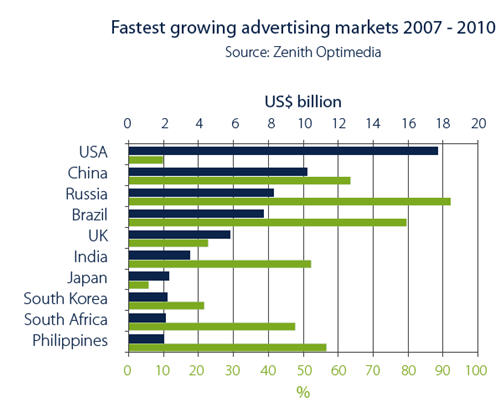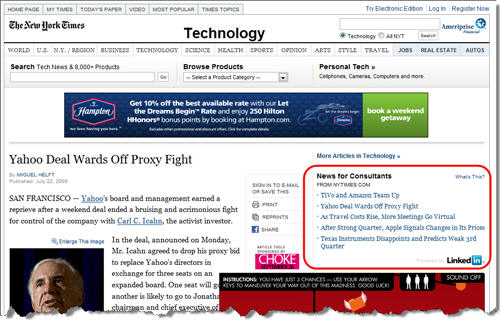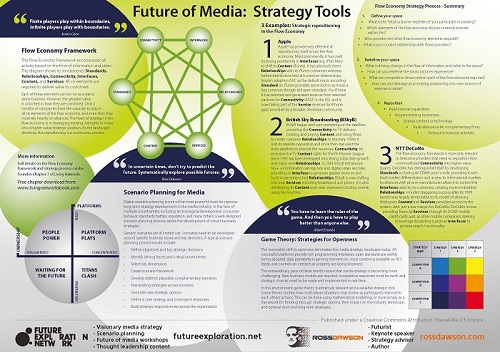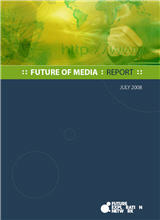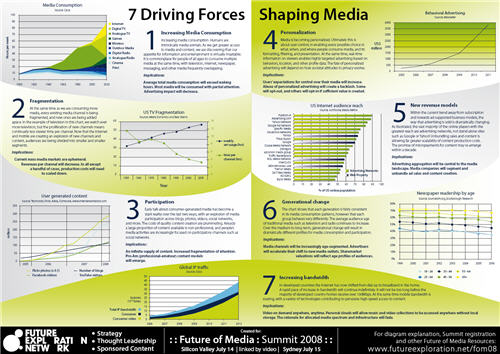Media Trends + Strategy: The State of Play
Media Trends+Strategy magazine (click on the link to access the magazine in interactive format) includes a piece titled Media: The State of Play – Expert Analysis which features edited interviews with a variety of participants in the media space, including John Sintras, CEO of Starcom, Belinda Rowe, CEO of ZenithOptimedia, Collin Segelov, Executive Director of the Australian Association of National Advertisers, and myself.
My interview is below. You can also read it and the other interviews by going to the magazine from the link above – my interview is on page 30.
Further context on some of my comments is available from the Seven Driving Forces of Media and Creating the Future of Advertising.
What does the ongoing consolidation In the industry mean for marketers?
The first thing to understand is that the most powerful broad trend in media is fragmentation and while mass media remains, it is becoming a smaller and smaller proportion of the overall media landscape. So within that context, what we see is that there is consolidation within particular segments and in some of the larger players. We have seen more and more cross media ownership as regulation has eased. One of the implications for marketers is that they are increasingly being offered media packages across different segments from the same owner. This is obviously not a new trend, but as we get more and more cross media ownership, more and more marketers are being presented with these offers to access an audience through a multiplicity of different channels. From a marketers or media buyer perspective , these can only be judged on their individual merits. It really needs to be driven by the media buyer as to what is the appropriate set of media channels to reach their audience with the right message, and that may or may not tally with what is being offered by some of the larger media owners.

